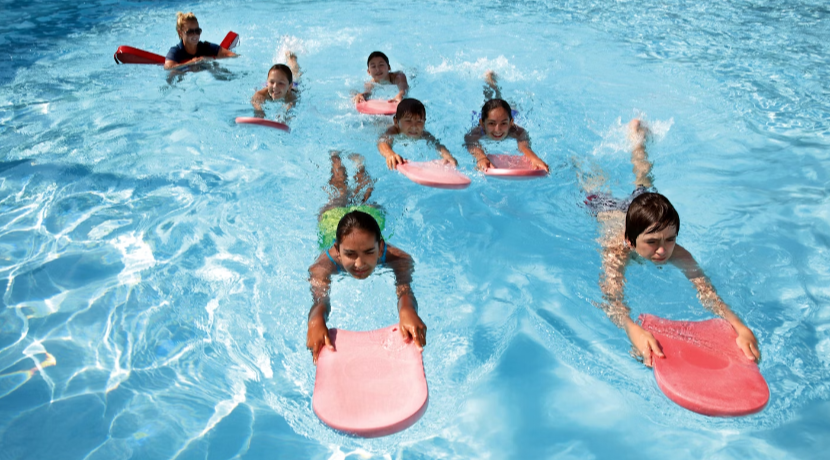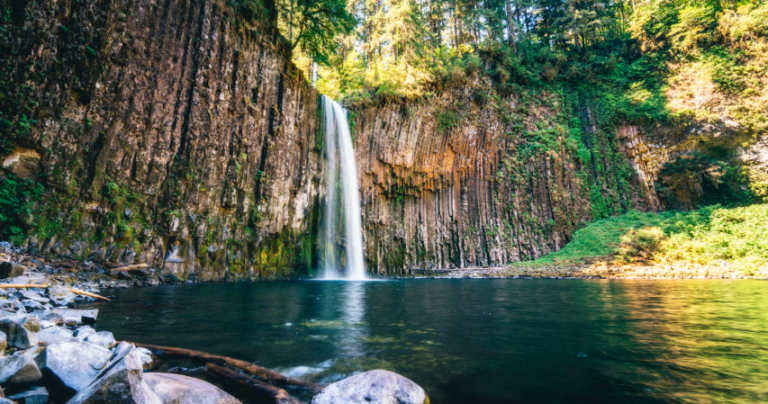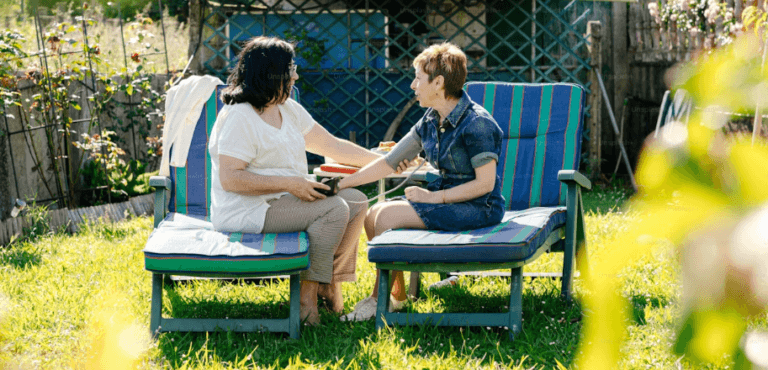Water Safety Tips For Swimming – Skills Make A Difference
I’m going to share with you the crucial elements of water safety tips for swimming. These are paramount for swimmers of all skill levels. Whether you’re taking a leisurely dip in your local pool or planning an ocean getaway, the principles of water safety are universal and essential. 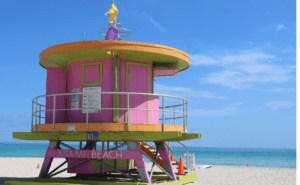
Water Safety Tips for Swimming
Identifying what makes a swimming environment safe isn’t always as straightforward as it might seem. In my opinion, one of the pillars of water safety tips for swimming is effective supervision. Regardless of one’s swimming ability, having a watchful eye nearby can avert potential danger.
I’m here to help you understand the difference between a well-maintained, lifeguard-patrolled pool and a secluded natural pond where hazards aren’t always marked.
This is especially true for children and less confident swimmers who are more vulnerable to water-related accidents.
Water safety is not just about the ‘why’ of water safety, but also the ‘how’. This includes gearing up with the right equipment, which is our next stop on this journey to ensure your swimming experiences are as safe as possible.
Essential Gear for Safe Swimming
When it comes to swimming, donning the right gear is crucial. It’s not just a matter of style or comfort; it’s about safety. Let’s tackle the gear that makes a real difference. This is also about maintaining a healthy lifestyle.
Proper Swimwear
Proper swimwear is the foundation. It should fit well to avoid distractions and entanglement, which is especially important for young swimmers. Your clothing materials matter too. Fabrics that are lightweight and snug reduce drag and the risk of getting caught on something underwater regardless of body type or size. 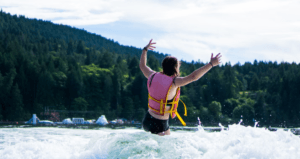
Life Jackets and Flotation Devices
Life jackets and flotation devices are next on the list, and they’re non-negotiable for kids and inexperienced swimmers. It’s vital to choose items that are coast guard-approved and fit the individual’s size and weight. Remember, arm floaties are no substitutes for an investment in a proper life jacket.
Pool Noodles and Kickboards
There are other key pieces of safety equipment to consider. Pool noodles and kickboards offer support and help build confidence for those still learning.
Safety Hooks and Shepherd’s Crooks
And let’s not overlook safety hooks or shepherd’s crooks. These are essential for pulling someone in distress to the side.
Along with the right tools, you also need to know how to use them correctly. Always inspect your gear before use, and never assume that these devices alone ensure safety.
Vigilance and Proper Supervision
There should always be proper supervision to accompany the use of any swimming aids. Things can go haywire within seconds.
Skills to Ensure Safer Swimming Experiences
There are a couple of must-have skills that will make all the difference when you’re splashing around. Don’t worry too much about not being the next Olympic swimmer; mastering the basics can save lives. 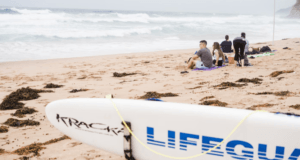
There are a few essential skills like treading water, floating, and basic strokes, that you need to master. These are your swimming ABCs, and they keep you safe by helping you stay afloat and move around in water effectively.
CPR Techniques
Now, what many people overlook is the importance of CPR knowledge. It’s not just for lifeguards. And guess what? Even if you’re not planning to be a hero, learning CPR empowers you to be one in unexpected situations. You can find plenty of local courses, and I really hope that you consider signing up for one.
Notice Signs of Distress
Another point I’d like to bring up is the ability to recognize when someone is in trouble. This isn’t just about noticing thrashing or shouting – sometimes, it’s subtle. It’s important to know the signs of a swimmer in distress.
For example:
- A high, tilted head
- Extended, motionless arms
Next up, you’re heading into more adventurous waters in our discussion about natural bodies of water. The game changes when you go from pool to pond, so to speak. So, stay tuned for how to handle what Mother Nature has in store.
Unintended Consequences of Unsafe Conditions
A wonderful day at the beach can turn fatal in the twinkling of an eye. Here’s the first case scenario.
My friend Henrietta lost her 15-year-old son to a freaky, canoe accident. Supposedly, he was sitting in his canoe, in the wrong place at the wrong time. Accoreding to the rescue team, he may have been swift downstream and was probably caught up in the current.
The first lesson here is to never go out into deep waters alone without the proper life-saving equipment. Even expert swimmer are not able to take on a fierce watter current. Also, make sure you know how to swim and make sure your vessel is secure and has no wholes or leaks. This allows the boat to sink much faster. 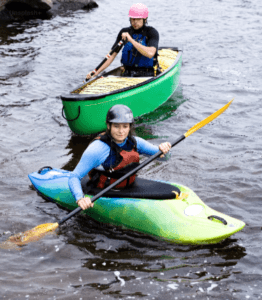
A Camping Trip Ending in Disaster
Another friend of mine, Billy, experienced a similar incident while his eight-year-old daughter drowned on a camping trip with a local church. This is a parent’s worst nightmare. Supposedly, the girl may have wandered off from the group.
Both of these incidents could have been prevented with the proper emergency preparedness and better adult supervision. No child should end up this way. In Henrietta’s case, her son was alone and faced the unthinkable disaster.
In Billy’s case, this was sheer lack of adult supervision. Children are easily distracted and can wander off in seconds. Let’s not let this happen to another child.
Centers for Disease Control and Prevention
According to the Centers for Disease Control and Prevention (CDC), drowning is a leading cause of death for children in the United States. Here are some key statistics:
1. Drowning is the leading cause of unintentional injury death for children ages 1-4.
2. For children ages 1-14, drowning is the second leading cause of unintentional injury death after motor vehicle crashes.
3. About 1 in 5 people who die from drowning are children 14 and younger.
4. For every child who dies from drowning, another five receive emergency department care for nonfatal submersion injuries.
5. More than 40% of drownings treated in emergency departments require hospitalization or transfer for further care.
6. Nonfatal drowning injuries can cause severe brain damage that may result in long-term disabilities.
7. The drowning rate for Black children is significantly higher than for other racial/ethnic groups.
Drowning Statistics
Here are some key measures to help reduce the risk of child drownings:
Supervision:
- Maintain constant, attentive supervision of children around water.
- Designate a responsible adult as a “water watcher” during group activities.

Barriers:
- Install proper fencing around home pools (at least 4 feet high with self-closing, self-latching gates).
- Use pool covers and remove ladders when pools are not in use.
Swimming lessons:
- Enroll children in age-appropriate swimming lessons.
- Note that even good swimmers need supervision.
Life jackets:
Ensure children wear properly fitted life jackets during water activities, especially in open water.
CPR and first aid:
- Learn CPR and keep emergency response skills updated.
- Keep your phone nearby for emergencies.
Drain safety:
- Install anti-entrapment drain covers in pools and spas.
- Teach children to stay away from drains.
- Individuals with extra long hair must be extremely careful
Education:
- Teach children water safety rules and basic survival skills.
- Emphasize the importance of swimming with a buddy.
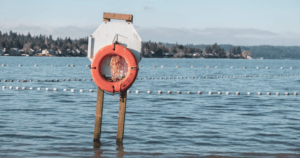
Home safety:
- Empty bathtubs, buckets, and wading pools immediately after use.
- Keep bathroom doors closed and use toilet locks for young children.
Weather awareness:
Be cautious of rip currents and changing weather conditions in natural water settings.
Alcohol:
Avoid alcohol consumption when supervising children in or near water.
For the most current data, I recommend checking the CDC’s website or other reputable sources that track child safety statistics.
Navigating Natural Water Bodies Safely
Natural water bodies are inviting, but they come with their own set of challenges. It’s vital to understand what you’re getting into.
Currents and tides may change suddenly, making swimming in the ocean quite different from a pool. Research and understand the specific conditions of your chosen location before you go.
Swimming in lakes and rivers demands respect for their unique environments. Be on the lookout for underwater obstacles, and always swim in designated areas. 
Wildlife encounters are also concerning, particularly in natural settings. It’s crucial to know the types of animals you might encounter and how to avoid disturbing their habitat.
Educating yourself about the aquatic environment, potential hazards, and safety precautions is the best way to enjoy natural waters responsibly.
Creating a Culture of Water Safety
I’m going to wrap this up by emphasizing the collective role we play in fostering a culture that values water safety. It’s not just about individual awareness; it’s also about community involvement.
Access Water Safety Materials and Courses
There are useful materials and courses geared towards enhancing water safety. Engaging with these resources makes a huge difference in your knowledge base and response skills.
I’ve seen the positive effects firsthand when people model responsible behavior. Parents, friends, and even public figures who prioritize water safety inspires others to do the same.
Planning a Group Swim
If you’re planning to organize a group swim, it’s a fantastic opportunity to highlight water safety practices. Ensure that everyone involved is aware of basic safety measures and what to do in case of an emergency.
I really hope that you’ll take these thoughts to heart and be proactive in 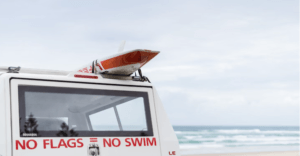 spreading the word about water safety, whethe at home, the beach or on vacation. The more we talk about it, the more ingrained it becomes in our day-to-day lives, and the safer we’ll all be around water i terms of having a healthy, happy lifestyle.
spreading the word about water safety, whethe at home, the beach or on vacation. The more we talk about it, the more ingrained it becomes in our day-to-day lives, and the safer we’ll all be around water i terms of having a healthy, happy lifestyle.
Final Thoughts
Remember, water safety is not a one-time lesson, it’s a lifelong commitment. By choosing to be conscious of water safety at all times, we’re not only protecting ourselves but also the people we care about.
(w) mybluegenes.com
(e)rachele@mybluegenes.com
